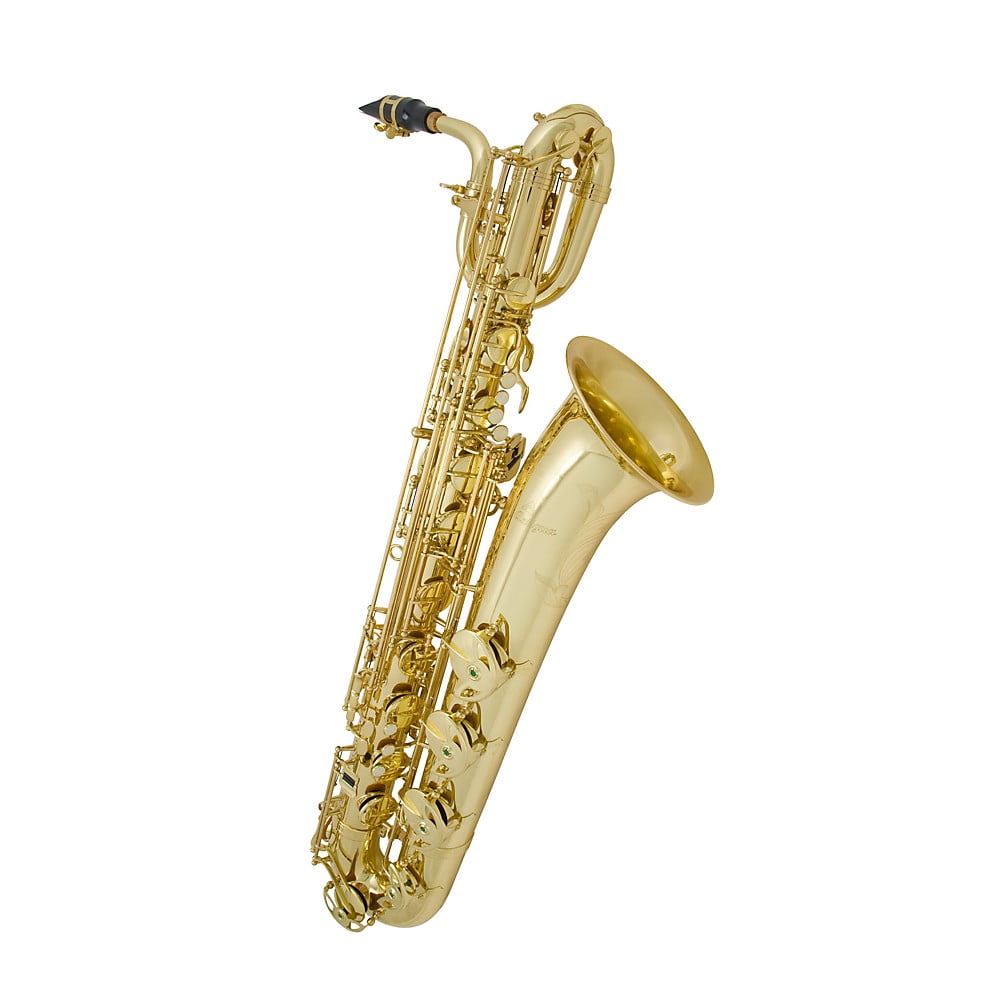

Ernst Kohlert, a musician, died in 1986 or '87.

Kurt Kohlert, a businessman, died in 1973.
Soprano saxophone neck antigua winds serial number#
Some even used the Keilwerth serial number chart! It's an unconfirmed fact that Amati used Kohlert and Keilwerth tooling in their first horns, rather than producing anything new: the first Amatis were labeled 'Toneking' - a Keilwerth model name - and had the Keilwerth 'Best in the World' logo stamped on the back. According to the Lein article, the Kohlert family was no longer even allowed to put their stamp on their instruments 10.


Kohlert dies and the ownership of the Kohlert Company is transferred to his sons, Rudolf, Daniel and Franz 3 and the company's name is changed to 'V. However, he did not produce any saxophones. 1840: The Kohlert Company was founded in Graslitz, Czechoslovakia by Vincenz Ferarius Kohlert 2.Kohlert's Sons'), but some variant of 'Kohlert' is always listed. There are other Anglicized/Germanized variants of the VKS label (e.g. This is the Czech form of Kohlert's name. However, Kohlert IS 'Vincenta (or 'V.' or 'Vizenze' or several other variants) Kohlerta Synov%uFFFD Kraslice'. Matters grew more complicated after Keilwerth began producing saxophones in 1925/6: not only did Keilwerth produce stencils of their horns (of which, they branded at least one Kohlert model), but they furnished saxophone bodies to a variety of other German and Czech manufacturers which would affix their own keywork and sell the horn under a different name - sometimes with no trace of the Keilwerth mark on the horn. The similarity in design is not because they shared a common ancestor, but more rather because company X would produce a good design and then everyone else would copy it (this tidbit of information popped up numerous times while I researched Kohlert and Keilwerth). The similarity in names and similarity in the saxophone designs from Kohlert and Köhler throws most folks for a considerable loop. However, while the Köhler example I've seen does not look like a Keilwerth or Kohlert design, yes, there's always the possibility that Köhler did stencil some horns from either Keilwerth or Kohlert. They stopped producing instruments around 1961. Köhler was founded in Markneukirchen, Germany in 1933 by Franz Köhler. Antigua Tenor SaxophoneĪ brief digression: Kohlert is NOT Köhler. German saxophone manufacturers are a bit difficult to learn about, primarily because a lot of the documentation has been destroyed either in the manufacturer's move from one part of Germany to another or in the WWII and the conversion of many of the music instrument factories over to producing war material.
Soprano saxophone neck antigua winds full#
→ Full Kohlert serial number chart available. Retail: $ 4,999.00 $ 3,825.00 Finance Starting $87.01 per month Based on 60 months and 12.99% annual percentage rate. Vandoren for Clarinet Vandoren for Saxophones. It has no F# Key, and there is the number 5808 engraved under the right-hand thumb hook. I have a curved Antigua Winds soprano saxophone but I can't seem to be able to work out it's model number.


 0 kommentar(er)
0 kommentar(er)
